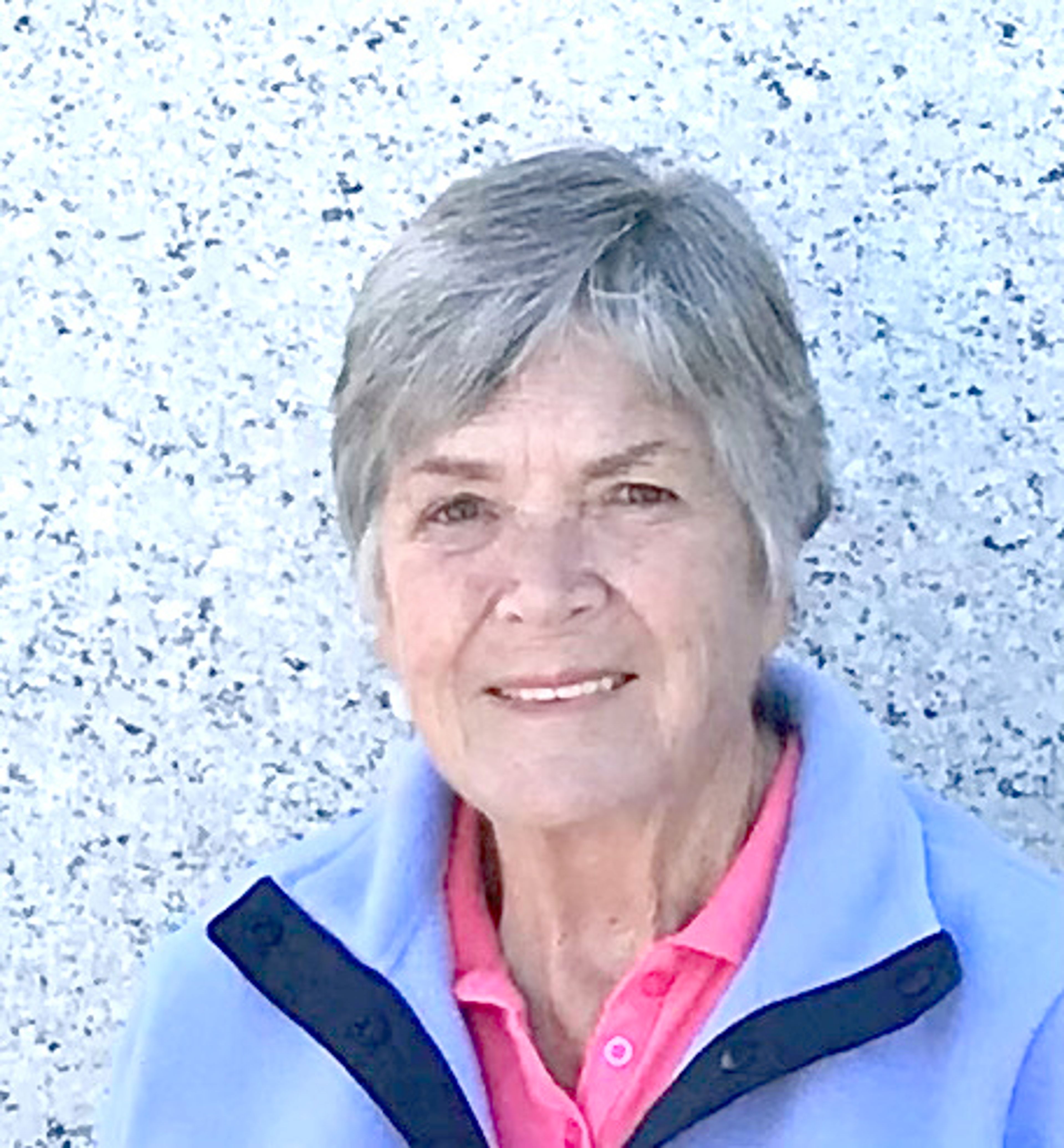OPINION: The answer, my friend, is not blowing in the wind
In last week’s column, I mentioned that the climate change activists envision an all-electric society powered by windmills and solar panels, and that they want to eliminate fossil fuels. In the Thanksgiving Day article by Isabella Breda of the Seattle Times, we read that the West Coast attorneys general and various environmental groups are asking the Federal Energy Regulatory Commission to reconsider its decision to allow a natural gas pipeline project here in the Pacific Northwest. Washington state Gov. Jay Inslee was at the forefront of that announcement.
Inslee and his cohorts continue to push an all-electric society and they’ll do everything they need to do to keep you in the dark about what that will cost.
Natural gas, hydroelectric, coal and nuclear power plants can produce baseline energy. That means they can produce power on demand if and when it’s needed. Wind and solar are intermittent power sources, meaning you take what you can get, if and when you can get it. Case in point: For the past two days, Nov. 22-23, that I’ve been working on this opinion piece, the cloudy overcast weather has not allowed me to use all the equipment I normally use to write one of these columns. My solar system can’t produce all the power necessary to run the equipment I normally use so I have to make adjustments because of the weather. I don’t have wind power, but it wouldn’t matter anyway since there’s not a breath of wind anywhere.
People on a hydro- or fossil fuel-powered grid don’t have that problem. For the past two summers, when California has needed power to run air conditioners on hot days, the Bonneville Power Administration has had to ramp up the Snake River dams to put enough energy into the grid to bail out California. The problem with replacing those dams with wind and solar is that you have no way of increasing the amount of energy from those sources on demand. You can only take what you can get. If you want more power, then you’ve got to have a backup natural gas or nuclear power plant online. And both of those are an anathema to the climate change activists.
Executive Order 14008 was issued in January 2021 by President Joe Biden to address climate change.
Section 207 states: “The Secretary of the Interior shall review siting and permitting processes on public lands and in offshore waters ... to increase renewable energy production on those lands. ... ”
Section 208 states: “To the extent consistent with applicable law, the Secretary of the Interior shall pause new oil and natural gas leases on public lands. ... ” The object here is to achieve a carbon pollution-free power sector by 2035 with a complete decarbonization of the economy by 2050.
To meet the goal of increasing renewable energy production on public lands, the Bureau of Land Management under Interior Secretary Deb Haaland is amending the 2012 Western Solar Plan and the related “Programmatic Environmental Impact Statement” to identify more public lands within the Western U.S. to site renewable energy projects. So far, 19 million acres each for both wind and solar have been identified as suitable for development. Due to the aesthetic affect of siting these projects near a city along with the wind pattern change that a city causes, these projects will have to be located in the rural Western portions of the U.S.
According to a 2021 Department of Energy report, a minimum of 10 million acres of renewable projects will be needed to decarbonize the country’s electric grid by 2035. And that doesn’t include the new transmission lines necessary to transport the power.
Ten million acres would be all of Benewah, Latah, Nez Perce, Lewis and Idaho counties — along with 40%, or 958,080 acres, of Valley County.
So just imagine everything from Plummer and the St. Joe River to the Tamarack Resort at Donnelly covered with wind towers and solar arrays. That would include all of Laird Park, Idlers Rest, Moscow Mountain, the entire Nez Perce Indian Reservation, Kelly Creek, Jerry Johnson Hot Springs, the Selway-Bitterroot Wilderness Area, the Salmon River canyon, Riggins, Brundage Mountain ski resort and McCall.
Obviously it wouldn’t be all in one contiguous area. But Idaho and Washington are slated for a good portion of those BLM renewable energy acres. It’s not inconceivable to be standing on a mountain in the Teton or Cascade ranges and see the flash of a windmill blade or the glare from a solar array off in the distance if this plan is put into effect.
All of it would be catch-as-catch-can power. You would still need a backup base power plant on the line. And without fossil fuels or hydro, you’re left with nuclear power to provide carbon dioxide-free energy. Nuclear would be an acceptable option. It doesn’t kill bats and golden eagles like renewable energy, especially wind power, does.
Wind and solar power come with some pretty high environmental and economic costs. Inslee and his like-minded supporters wish to ignore them as they decry the use of natural gas and hydropower. The cold hard fact is, though, that they are only kidding themselves if they think the answer to eliminating them is blowing in the wind.
Hassoldt is a field forester who lives in Kendrick.









